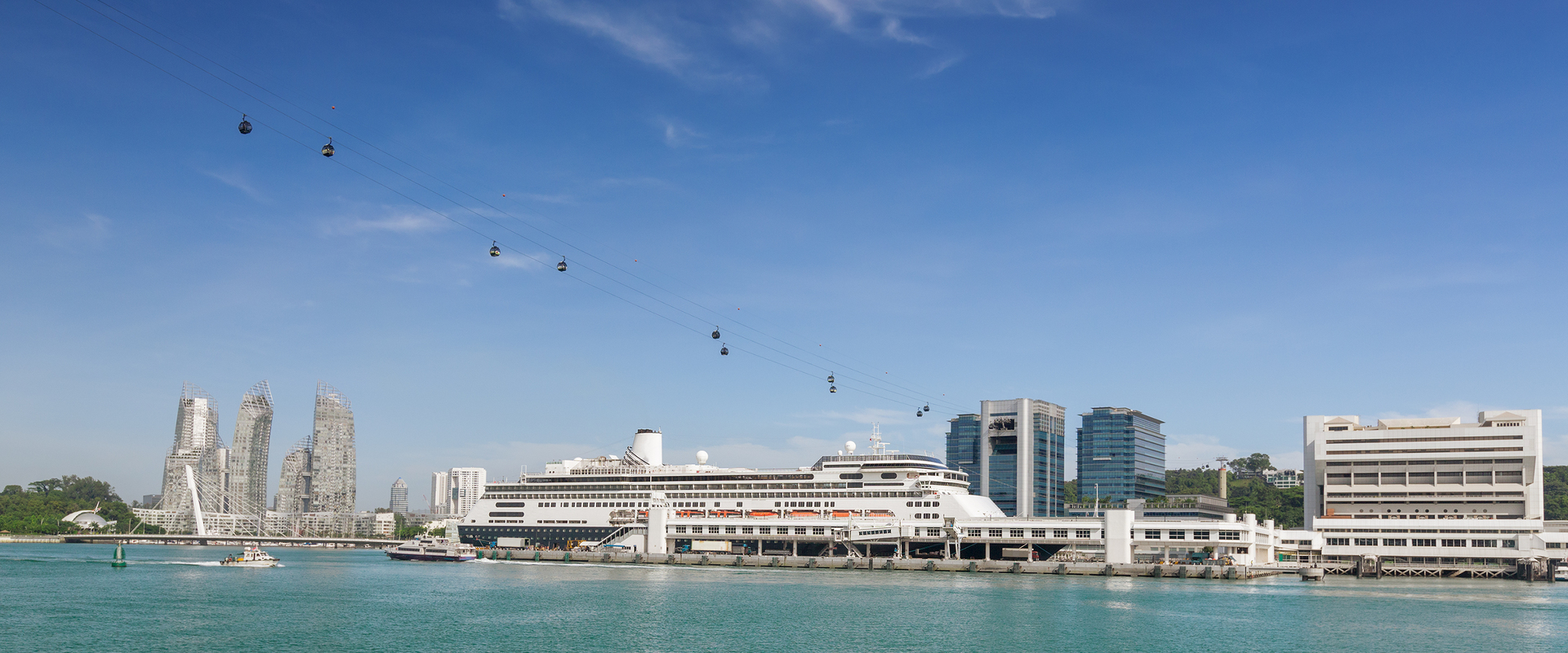
Managing Ferry and Cruise Safety, Singapore
Cruise Bay is Singapore's busiest marine passenger hub, which will see an increase in the movements of cruise ships within Cruise Bay and possibly lead to the use of Cruise Bay by ever larger cruise ships.
Cruise Bay is one of Singapore’s busiest marine passenger hub. In addition to organic increase in marine traffic within Cruise Bay and its approaches, it was anticipated that growth would be driven by (i) the redevelopment of Keppel Shipyard into a residential estate and marina, and (ii) the development of additional berths at the International Cruise Terminal. The latter was identified as a source of increasing the movements of cruise ships within Cruise Bay and possibly led to its use by ever larger cruise ships.
In order to address these issues We were commissioned to conduct:
Sustainability - The project was focused on managing risk & safety – essential elements if the Cruise Bay area was to maintain its position as the leading marine transport hub.
Innovation - BMT’s Dynamic Marine Traffic Simulation models were applied to examine risks for operations within the canal.
Added Value - Additional simulations of speed controls were conducted to provide the authorities the foresight of changes in the regulatory environment, and what risk impacts may be accrued.